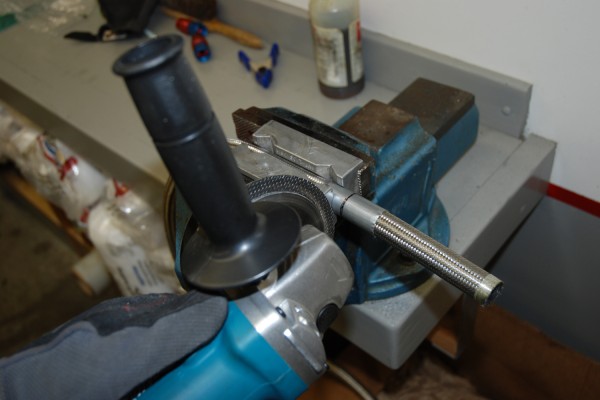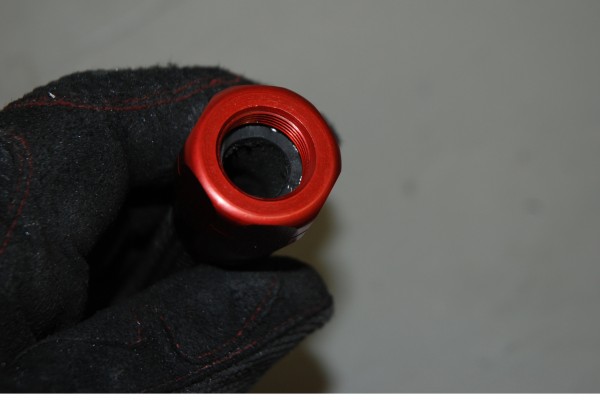There are a couple of ways to build a high-flow fuel system for your hot rod. You can build a setup with a fuel cell and all sorts of trick plumbing that looks like it came right off a Pro Stock race car. If you want to keep the sleeper look, you can make a system using a stock-style fuel tank—but one that flows fuel like there’s no tomorrow.
We recently pieced together a stock-appearing, high-flow fuel system for a Buick Regal with a 572 cubic inch big block Chevy. It’s a slick, almost invisible system based on a Spectra Premium fuel tank, Aeroquip hose and fittings, and MagnaFuel fuel system components. Scroll through the slide show to see how it was done.
Parts List
Aeroquip Vise Jaw Insert
Aeroquip Assembly Lube
Aeroquip Hose end wrench set
Aeroquip AQP -10 AN stainless braided hose, 6 feet
Aeroquip AQP -8 AN stainless braided hose, 20 feet
Aeroquip AQP -10 AN hose end, 90 degree
Aeroquip AQP -10 AN hose end, straight
Aeroquip AQP -8 AN hose end, 90 degree
Aeroquip AQP -8AN hose end, straight
Aeroquip -10 AN steel bulkhead fitting
Aeroquip -8 AN steel bulkhead fitting
MagnaFuel ProTuner 625 Series electric fuel pump
MagnaFuel Fuel Filter, -10 AN inlet
MagnaFuel Fuel Filter, -8 AN inlet
MagnaFuel Pressure Regulator, 4-12 PSI
Spectra Premium Fuel Tank, 1984-87 Buick Grand National
Earl’s Cushioned Hose Clamps, 5/8-inch
Earl’s Cushioned Hose Clamps, 1/2-inch























Wow! This is an amazing online free robux video game Junction.Interested people needs to play with full excitement.